Shou Sugi Ban: The Art of Black Burnt Wood in Japanese and UK Architecture
Written by Lindsey Webster, Co-Founder of L+Architects, 30th August 2024
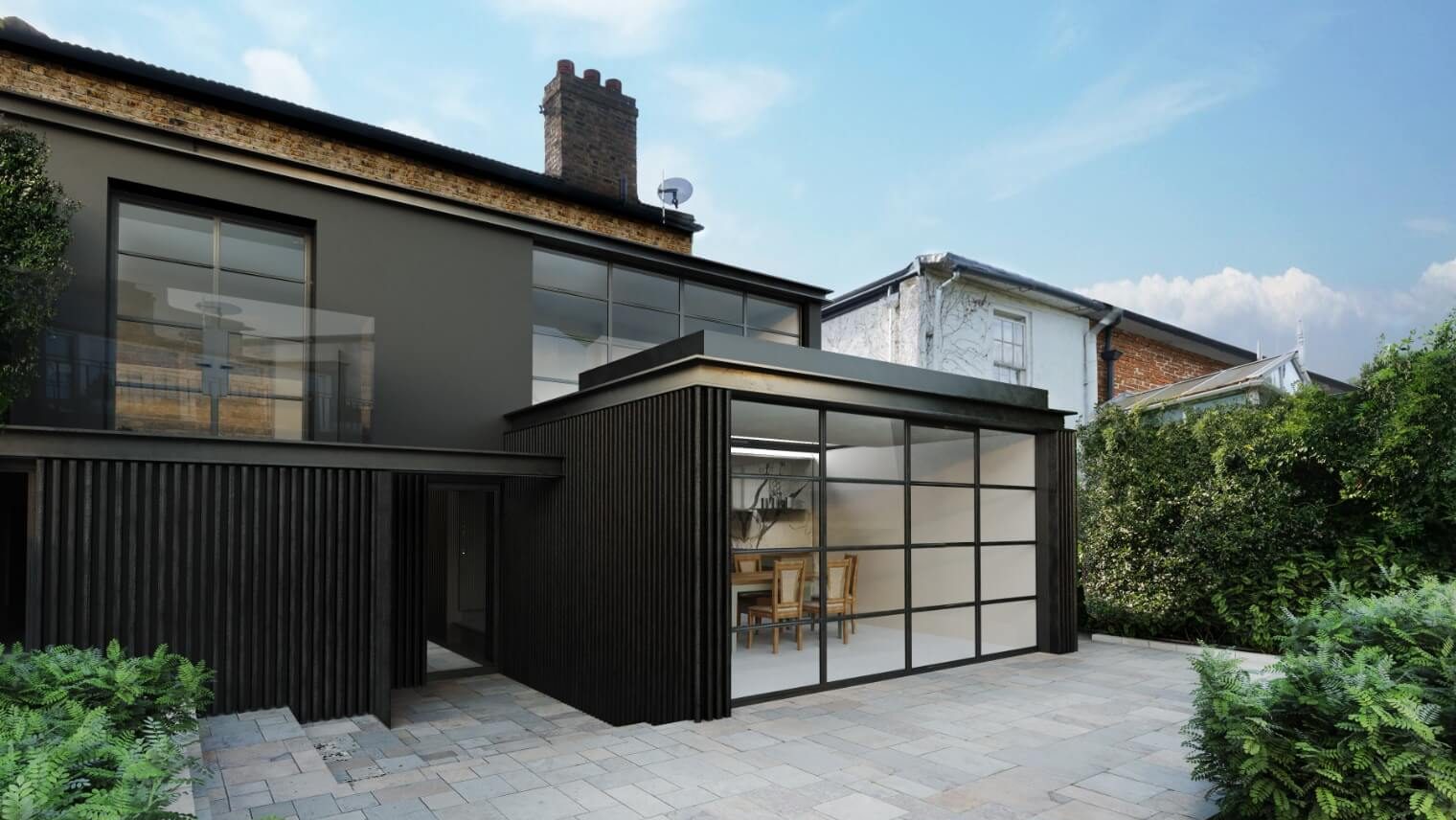
A Timeless Tradition Meets Modern Innovation
Shou Sugi Ban, also known as Yakisugi, is an ancient Japanese wood preservation technique that has found new life in contemporary architecture. Originating in Japan, this method involves charring the surface of wood, typically cedar, to create a durable, fire-resistant, and visually striking material. The technique has gained popularity in the UK, where architects blend Shou Sugi Ban with modern, biophilic design principles to create sustainable and aesthetically captivating buildings.
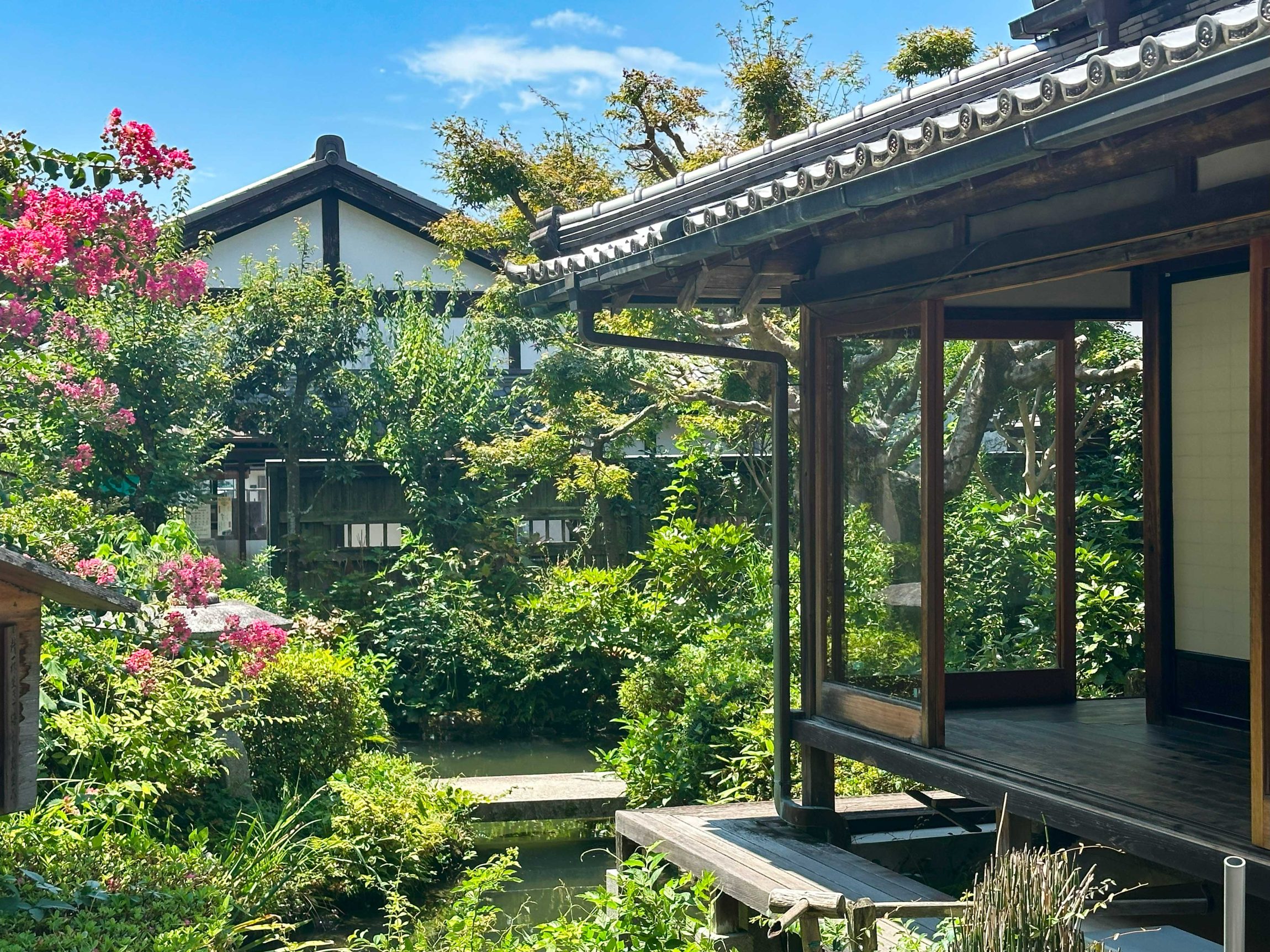
Pablo Lambrechts’ Journey: Bridging Cultures and Techniques
In a recent exploration of this ancient craft, Principal Architect Pablo travelled to Japan to collaborate with master craftsman Daisuke in the scenic Yui Valley. Their work together extended beyond the traditional scope of Shou Sugi Ban, incorporating bamboo—another material deeply rooted in Japanese culture. The Yui Valley, known for its lush greenery and serene landscapes, provided a stunning backdrop for this collaboration. The contrast between the dark, charred wood and the vibrant green bamboo highlighted the harmony that can be achieved when blending natural elements with human craftsmanship.
The Origins of Shou Sugi Ban
Shou Sugi Ban dates to the 18th century in Japan. It was initially developed to protect wood from the elements, insects, and fire. The process involves carefully charring the wood’s surface, then cooling, cleaning, and finishing it with natural oils. The result is a beautiful, resilient, blackened wood capable of withstanding Japan’s humid climate and harsh weather conditions.
Traditionally, Shou Sugi Ban was used primarily with cedar wood, but L+Architects Principal Architect and Co-Founder Pablo Lambrechts and Daisuke’s recent work has also demonstrated its versatility with bamboo. This expansion of materials brings a new dimension to the technique, offering more opportunities for innovative design while staying true to its roots.
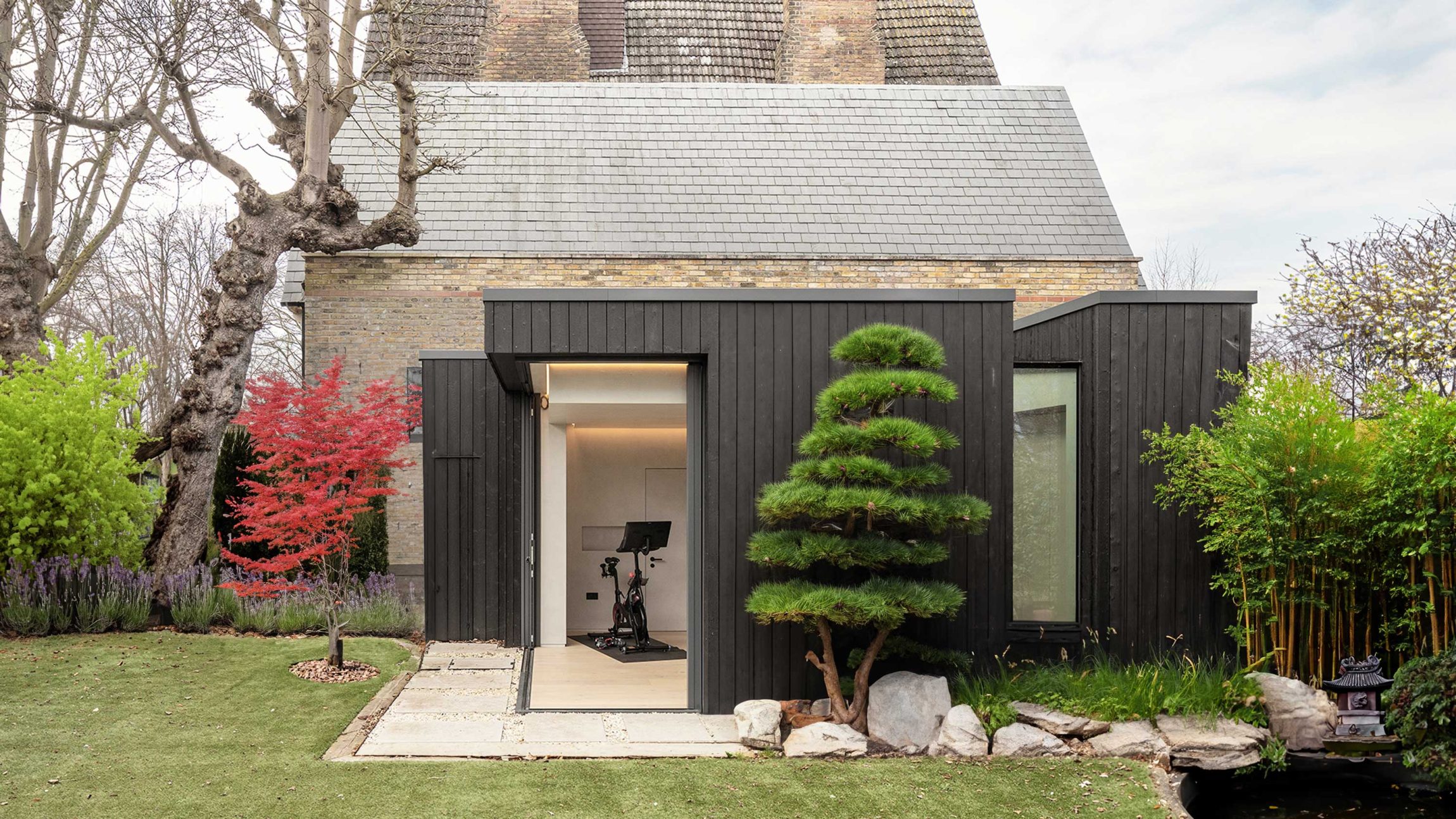
Shou Sugi Ban in Japanese Architecture
In Japanese architecture, Shou Sugi Ban is more than just a method of preserving wood; it’s an art form reflecting a deep respect for nature. The blackened wood, often used in temple construction and traditional homes, contrasts beautifully with the natural surroundings. This contrast is especially poignant in biophilic design, which aims to create harmony between the built environment and the natural world.
The collaboration between Lambrechts and Daisuke in the Yui Valley is a testament to this philosophy. The interplay of the charred wood with the vibrant greens of bamboo and surrounding foliage creates a stunning visual effect that enhances the connection between the building and its environment.
The Rise of Shou Sugi Ban in UK Architecture
Shou Sugi Ban has become increasingly popular in the UK among architects who value sustainability and a connection to nature. The technique aligns with biophilic design principles, emphasising incorporating natural elements into architecture to improve well-being and reduce the environmental impact.
Lambrechts’ work in Japan has inspired new approaches to Shou Sugi Ban in the UK. Integrating bamboo and other natural materials into building designs creates dynamic contrasts in colour and texture, particularly effective in biophilic architecture. These contrasts enhance the buildings’ visual appeal and strengthen the connection between indoor and outdoor spaces.
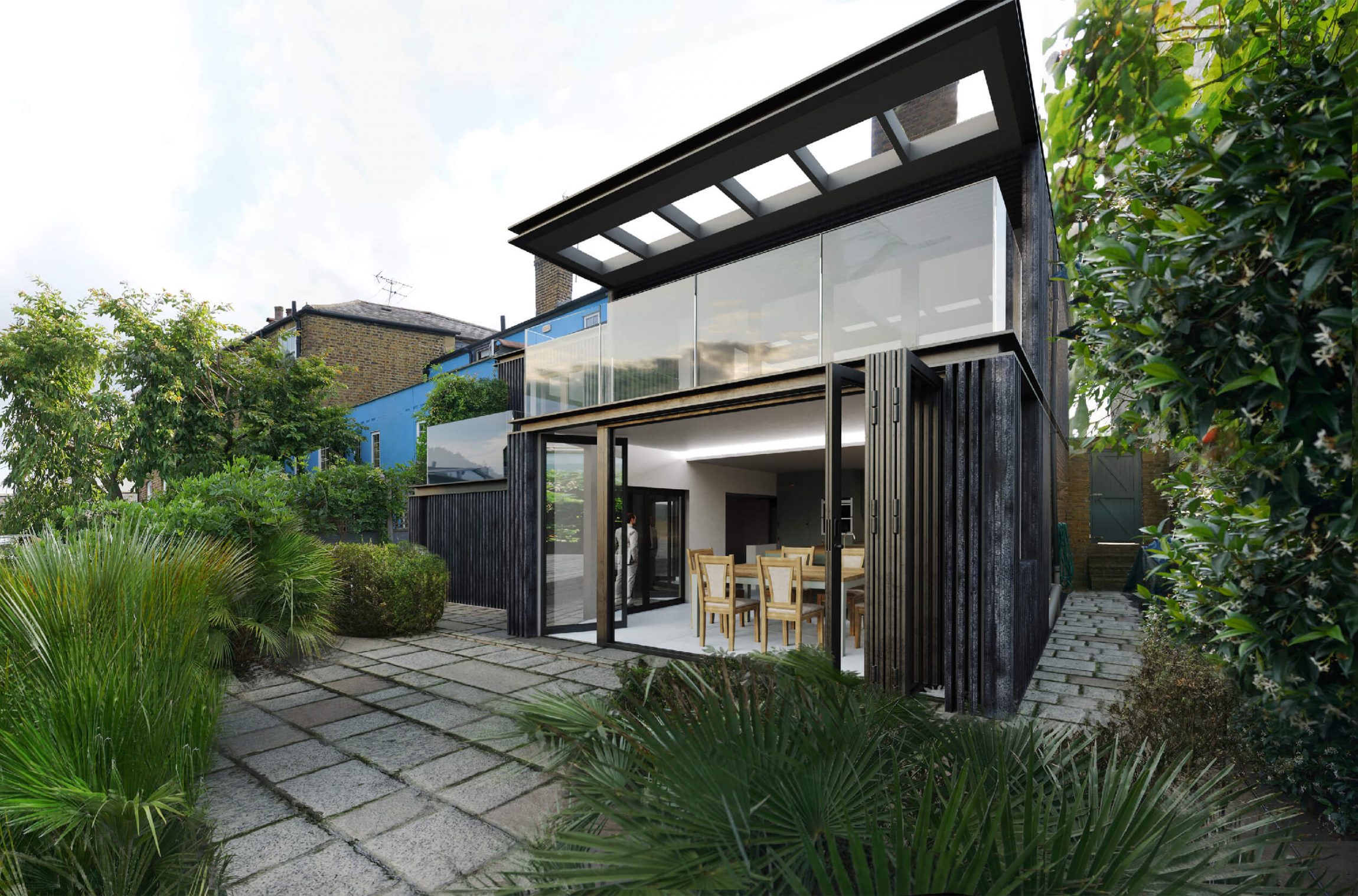
Applications in Contemporary UK Design
Shou Sugi Ban’s dark, textured finish is increasingly used in UK architecture, from residential homes to commercial buildings. Its ability to complement modern and traditional design makes it versatile for various projects. For instance, the blackened wood can be paired with glass and metal in urban settings to create a sleek, contemporary look. It blends seamlessly with natural landscapes in rural areas, particularly when contrasted with lush greenery. Bamboo’s natural green hues contrast sharply with Shou Sugi Ban’s deep black, adding a layer of visual depth that enhances the spaces’ biophilic design.
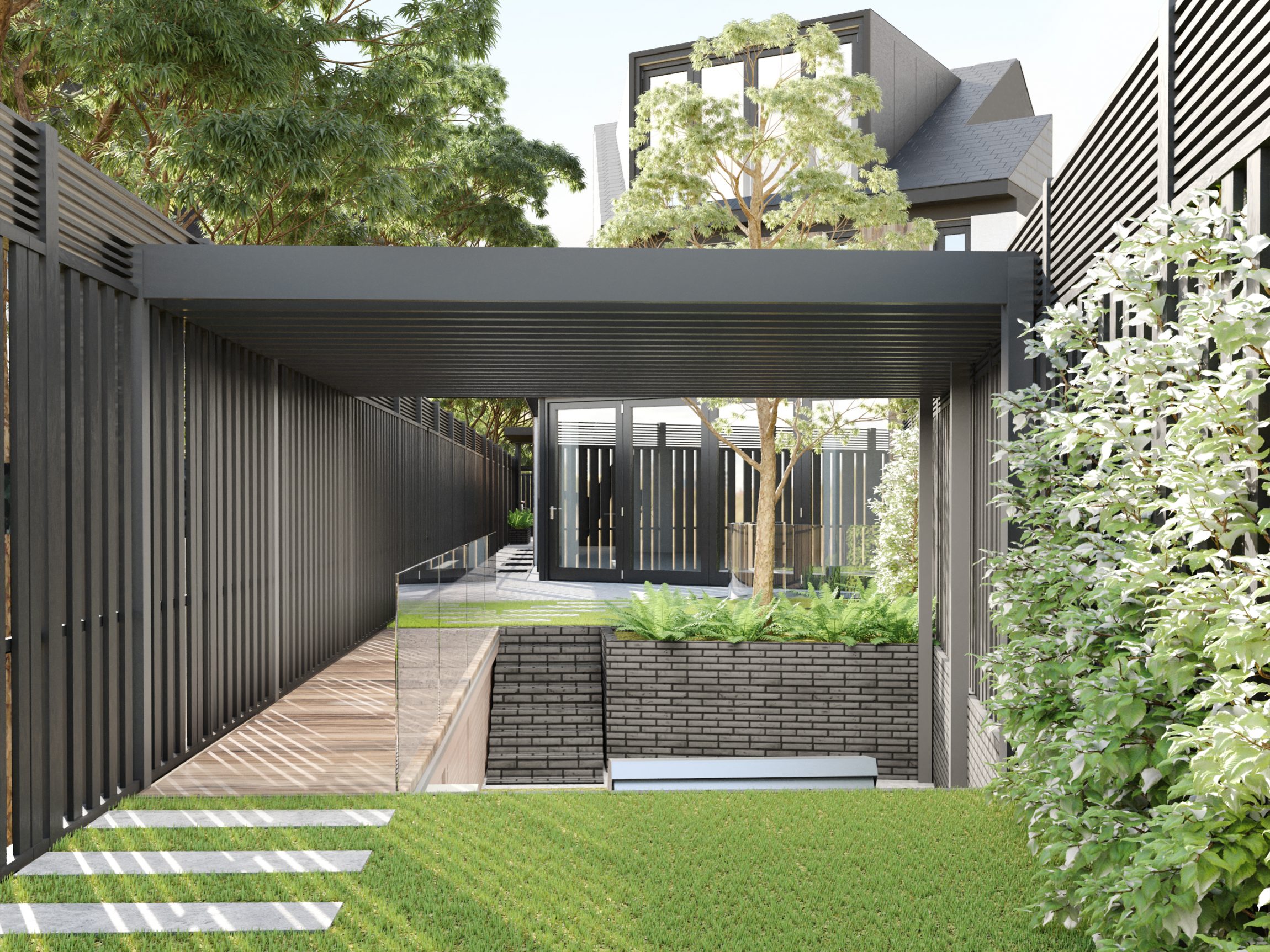
A Fusion of Tradition, Innovation, and Nature
Pablo and Daisuke’s recent collaboration in Japan’s Yui Valley exemplifies the exciting possibilities when ancient techniques meet modern architectural innovation. Their work with Shou Sugi Ban and bamboo highlights the enduring beauty of these materials and underscores the importance of connecting architecture with nature.
As Shou Sugi Ban’s popularity continues to grow in the UK, architects are finding new ways to incorporate this ancient technique into contemporary design. By embracing the contrasts between charred wood, vibrant greenery, and other natural materials, they are creating visually stunning spaces and deeply connected to the natural world. This fusion of tradition, innovation, and biophilic design is set to shape the future of architecture, bringing the beauty and sustainability of Shou Sugi Ban to a global audience.
Contacting L+Architects
Thanks for your interest. Please fill out the form to get in touch, we aim to get back in touch with you asap.